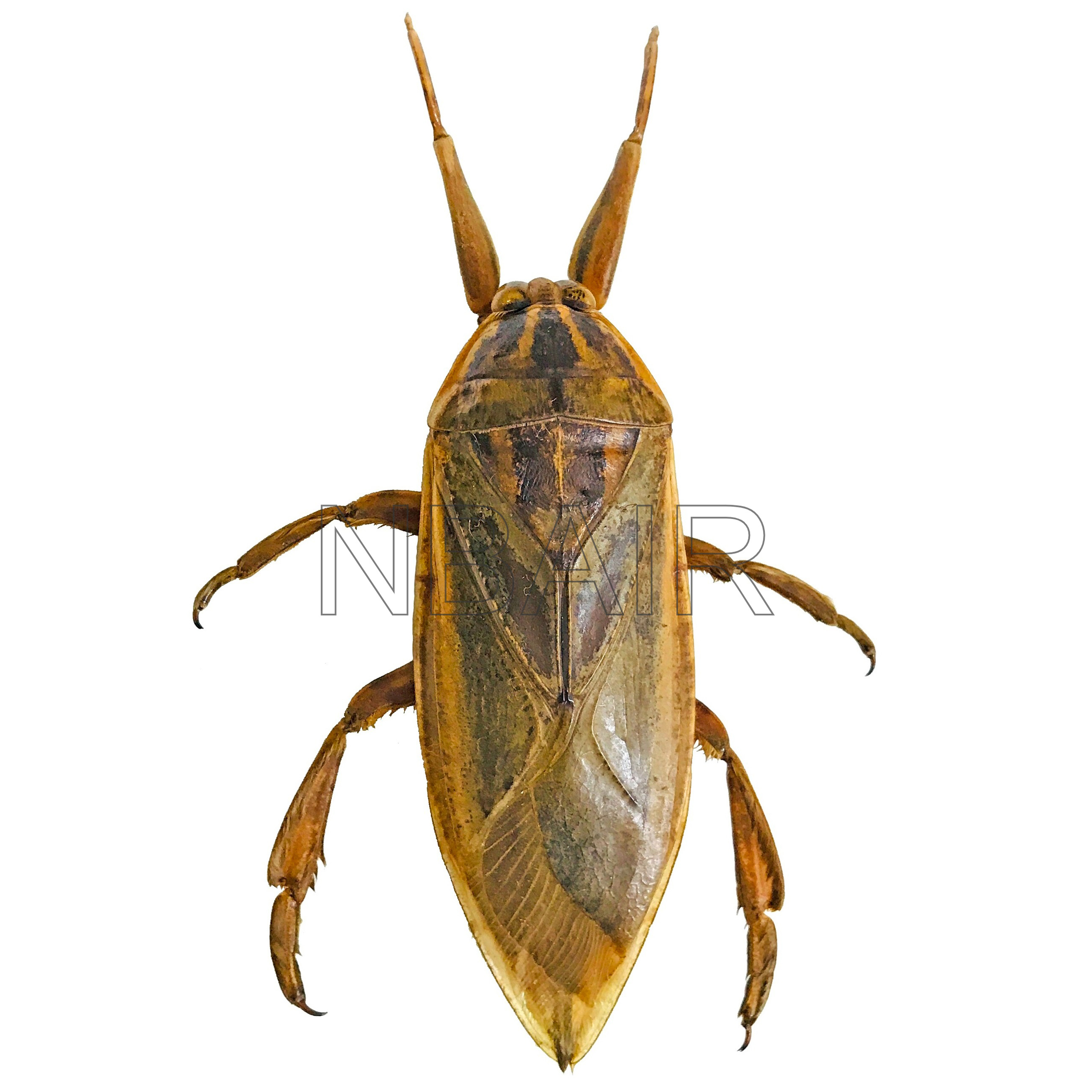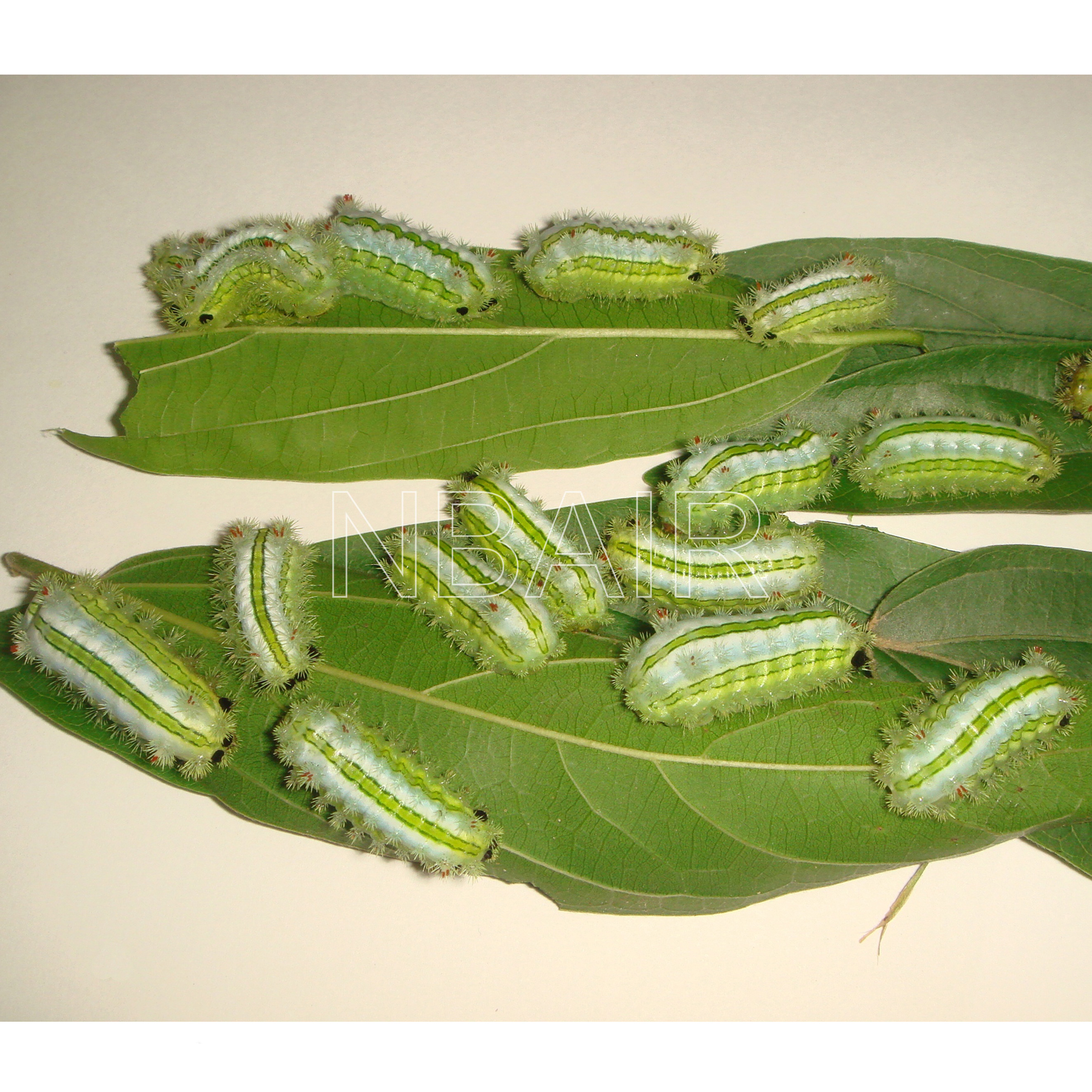Venomous/ irritating species
Scientific name: Apis dorsata Fabricius Common name: Giant honey bee Comment: Hymenopteran envenomation for some species is very common. Some clinical manifestations range from localized allergic reactions to end-organ failure and thrombotic-episodes to incidences like acute lower limb ischaemia after a sting of Apis dorsata (Ratnayake et al., 2018). Some experimental studies indicate that bee venom can cause signs of renal failure in the rat model (Bhupradid et al., 2015).
Scientific name: Lethocerus indicus (Lepeletier & Serville) Common names: Giant water bug Toe-biters Electric-light bug Comment: Belostomatids are amongst the largest species known from the order Hemiptera. Many cases of human injuries are reported when bitten by the giant water bugs. These large predatory aquatic bugs have toxic saliva capable of provoking intense pain and paralysis in vertebrates. Patients experienced intense, excruciating pain and sometimes even hypoesthesia (Haddad et al., 2010). Interestingly in some areas, belostomatids are considered as a delicacy in Asian cuisine and can be found for sale in local markets. In the members of Belostomatinae, male bug maintains the eggs hydrated by carrying water repeatedly in order to prevent desiccation. In many species of Lethocerinae, the male carry the eggs in vertical position in their back to prevent the eggs from getting drowned. They exhibit exclusive male-tending behaviour to protect eggs from predators. This particular behaviour many times has caused social media panic referring to skin lesion causing bug. Such sights with males carrying eggs in their back are very common during the breeding time of these bugs and should not be mistaken.
Scientific name: Parasa lepida (Cramer) Common names: Nettle caterpillar Blue-striped nettle grub Comment: This species in contact with humans leads to serious skin irritation accomplished by severe skin pain.
Scientific name: Vespa tropica (Linnaeus) Common name: Greater banded hornet Comment: Some incidents of skin lesion caused by Vespa tropica sting have been reported from Sri Lanka (Witharana et al., 2014). The wasp venom allergy is known to cause life-threatening and fatal IgE-mediated anaphylactic reactions in allergic individuals (Rungsa et al., 2016).




